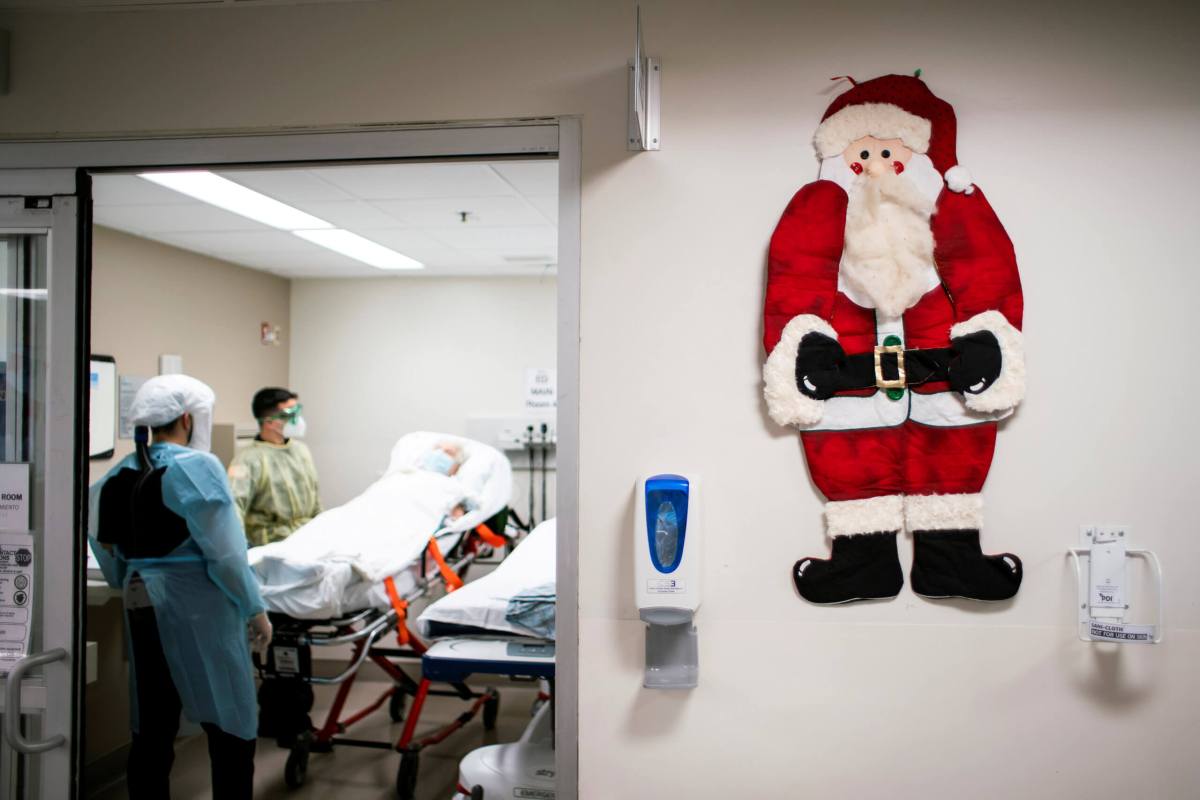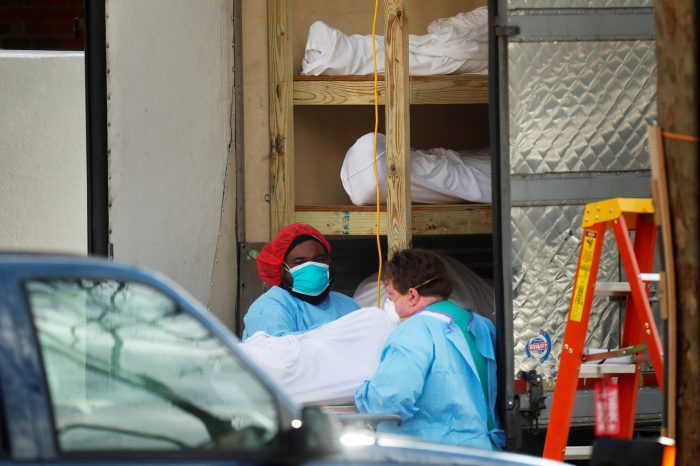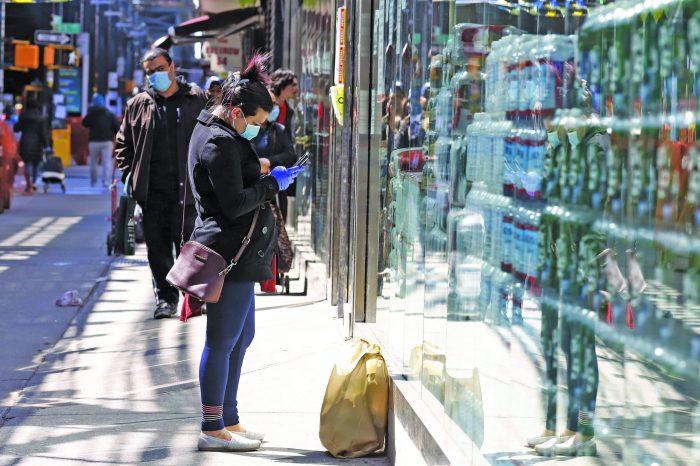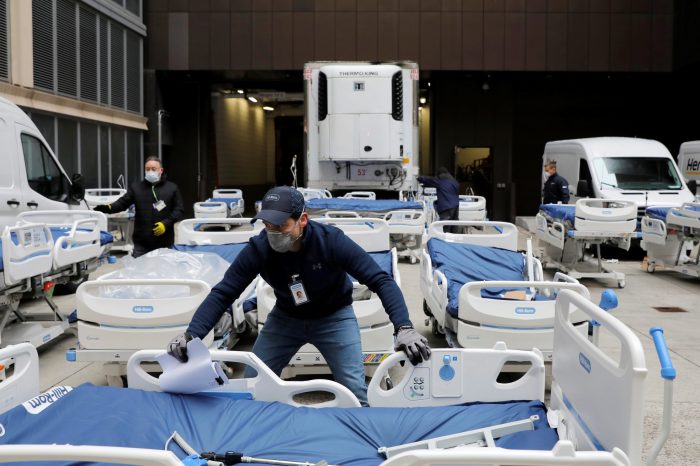By Reuters
The United States recorded more than 15,000 deaths from COVID-19 and over 1.2 million new cases in the last week, though those numbers may be artificially low due to reporting gaps over the Christmas holiday.
Reported deaths fell 17% in the week ended Dec. 27 and new cases fell 16%, according to a Reuters analysis of state and county reports, the first declines in both figures since the week after the Thanksgiving holiday in late November. Weekly cases and deaths have otherwise been rising since early October.
(For a state-by-state interactive, open https://tmsnrt.rs/2WTOZDR in an external browser)
According to The COVID Tracking Project, a volunteer-run effort to track the pandemic, holiday reporting gaps and backlogs “will obscure the realities of the country’s many outbreaks.”
Hospitals, which remain open, may provide the most accurate data for last week. More than 118,000 people were hospitalized with COVID-19 on Dec. 27, up 4.5% from the previous Sunday, according to data from The COVID Tracking Project.
Dr. Anthony Fauci, the top U.S. infectious disease official, has warned about a likely post-holiday surge in cases. “If you look at the slope, the incline of cases that we have experienced as we have gone into the late fall and soon-to-be-early winter, it is really quite troubling,” he said on CNN on Sunday.
Reported COVID-19 cases rose by 7% in Virginia last week, the biggest percentage increase in the country, according to the Reuters analysis. Puerto Rico, New York and Georgia were the only other regions to report an increase.
South Dakota, Pennsylvania and Arkansas saw the most deaths per capita, with more than 8 deaths for every 100,000 in the population.
Across the United States, 10.3% of tests came back positive for the virus, according to data from The COVID Tracking Project. Twenty-seven states had positive test rates over 10%. Idaho had the highest positive test rate in the country at 52.8% followed by Iowa at 49.9%.
The World Health Organization considers positive test rates above 5% concerning because it suggests there are more cases in the community that have not yet been uncovered.




































